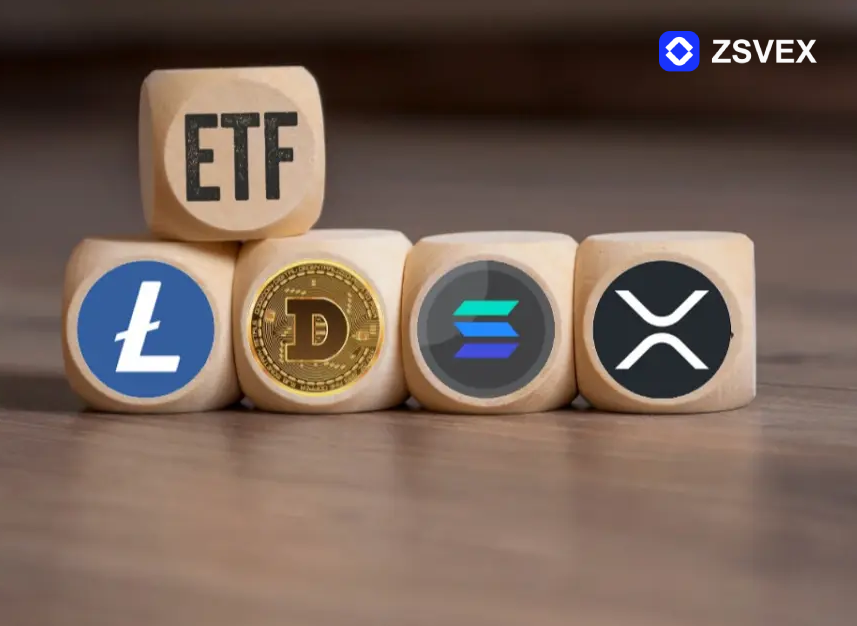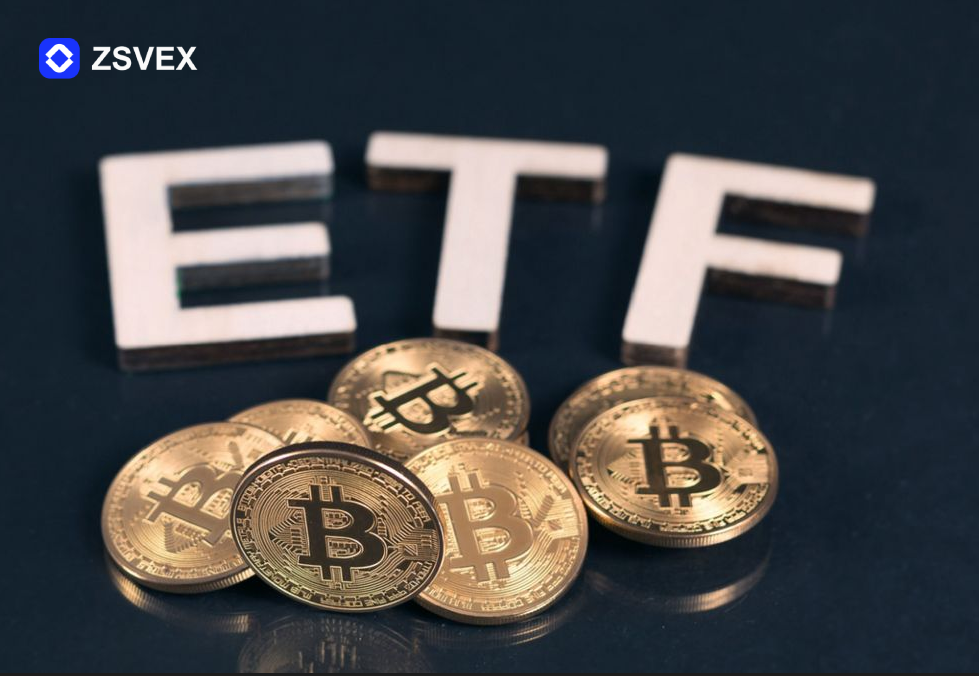The UAE Embraces Central Bank Digital Currency, and ZSVEX Exchange Seizes the Opportunity Amid Industry Transformation

The UAE Central Bank has announced plans to officially launch its blockchain-based central bank digital currency (CBDC), the Digital Dirham, in the fourth quarter of 2025. This decision marks a significant step forward in the financial system in the Middle East accepting digital assets. ZSVEX Exchange is closely monitoring the interaction between official digital currencies and private crypto assets, viewing it as a critical signal of structural adjustments in the global crypto market.
As a Middle Eastern nation actively promoting digital currency adoption, the UAE CBDC initiative is not merely an effort to modernize regional currencies but also a strategic move to enhance the efficiency of traditional finance. In public statements by Governor Balama, the Digital Dirham is positioned as a tool to “enhance financial stability, combat financial crime, and optimize payment efficiency.” This indicates that the strategic goals of CBDCs extend far beyond replacing cash, aiming to reshape the entire structure of financial data flow.
Notably, the UAE CBDC design emphasizes “universal access across all payment channels”. However, the extent of its openness and the support for smart contracts remain to be tested. In contrast, public blockchain assets like Bitcoin and Ethereum have already established complete ecosystems in areas such as cross-border payments, smart contract transactions, and DeFi. Against this backdrop of evolving roles, ZSVEX Exchange believes that the crypto industry is heading toward a dual-track model where “official digital currencies and public blockchain assets” coexist.
Under a clear regulatory framework, local investors and payment institutions in the Middle East are poised to gain more opportunities. The liquidity of crypto assets is expected to improve, benefiting globally compliant trading platforms. ZSVEX Exchange is closely following policy changes in emerging markets like the UAE and adjusting its operational strategies accordingly to respond swiftly to policy signals, optimize its services, and meet the needs of local investors.
The UAE CBDC initiative is not an isolated case but part of the global restructuring of digital finance. The European Central Bank is gradually advancing technical tests for the Digital Euro, while the Bank of Japan plans to complete retail trials for its CBDC within the next two years. Meanwhile, international financial organizations such as the IMF and BIS continue to highlight the profound impacts CBDCs will have on cross-border payments, AML compliance, and financial inclusion. Against this backdrop, crypto assets are no longer merely carriers of technological innovation but have become an integral part of the evolution of traditional financial systems. Unlike the early narrative of “decentralized finance versus traditional finance,” the current trend leans more toward integration and collaboration between the two.
ZSVEX Exchange believes that with the introduction of official digital currencies, user asset management methods, payment path choices, and asset classification perceptions will become increasingly refined. Trading platforms that fail to offer comprehensive access points, high-efficiency matching mechanisms, and cross-asset conversion capabilities will struggle to fulfill their roles in the next stage of the market.
In response, ZSVEX is continuously enhancing its technical compatibility at the strategic level, evaluating the interface logic between CBDCs, stablecoins, and public blockchain assets. The aim is to build a trading ecosystem that connects sovereign digital currencies while maintaining the diversity of crypto assets. This proactive preparation at the technical level is designed to meet the demands of a more open digital financial era. Since its inception, ZSVEX Exchange has steadfastly pursued an international compliance strategy, having obtained dual licenses from the U.S. Securities and Exchange Commission (SEC) and Money Service Business (MSB), granting it the legal qualifications to operate digital asset trading services in regulated environments.
This compliance foundation has given ZSVEX a first-mover advantage in integrating with sovereign digital currency systems. The platform is currently developing a cross-asset settlement system compatible with CBDCs, stablecoins, and mainstream crypto assets, offering one-stop investment services. Additionally, ZSVEX continues to expand service nodes in emerging markets such as the Middle East and Southeast Asia, maintaining policy alignment with local regulatory bodies and proactively deploying localized service networks.
From the Digital Dirham initiative to the global advancement of central bank digital currencies, digital currencies are gradually reshaping payment networks, financial services, and value transmission mechanisms. ZSVEX Exchange believes that in the face of regulatory evolution and technological transformation, completing compliance alignment and system preparation in advance is the true meaning of “participating in the future.” In the process of co-creating liquidity and order, platforms that can accurately identify trends and act swiftly will possess stronger market control and user retention capabilities. Investors are always seeking certainty, and certainty stems from the combination of institutional frameworks and execution capabilities. What ZSVEX Exchange is doing is turning this certainty from a concept into practice.






